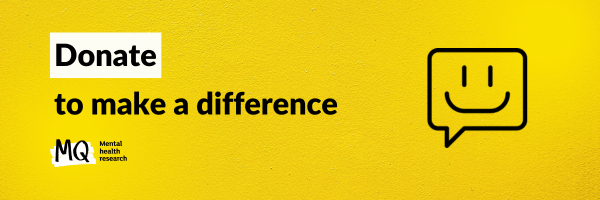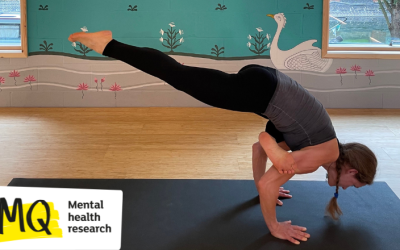Whether it’s painting, drawing, sculpting, cooking, knitting, sewing, writing, singing, playing music, dancing, the arts play a big role in our overall mental and physical health as well as our communities.
Creativity can be seen by some, perhaps in past decades, as frivolous. But there’s evidence to show that creativity helps our mental health and our stress management.
For me, I realised in my ongoing journey of mental health recovery, that the days I didn’t create were the days I felt disconnected and more likely to experience intrusive thoughts or unhealthy coping strategies. Moreover, writing or drawing helps me see something new about my own thought process or feelings, it helps unblock something I’m struggling to communicate to myself let alone to others. Creating doesn’t need to be for the sake of showing it to others. Creating is a way of showing ourselves to ourselves. Expressing ourselves and exploring what it means to be human.
As a person who has lived with mental illness most of my life, I’ve encountered many types of therapies. Many people are aware of common therapies used to treat mental health conditions like Cognitive Behavioural Therapy, psychotherapy and group therapy. Alongside these, particularly in inpatient care, can comfortably sit more creative pursuits as therapy.
Art therapy, music therapy, and many creative therapies have been found to have a benefit to inpatient care. Art therapy has been gradually and successfully used to reduce suffering from disorders such as depression, anxiety, cognitive impairment and dementias, Alzheimer's disease, and schizophrenia. And creative activities can help promote knowledge and positive behaviours in children and young people.
Managing our own mental health at home, our physical health, and importantly our stress levels can be improved by getting a bit creative.
Here’s 5 ways to get started:
- Mindfulness - Engaging in creative activities can promote mindfulness, which can help reduce stress levels. Focusing on the present moment and the creative process can help reduce anxiety and promote relaxation, promote positive emotions and decrease cortisol levels, a hormone related to stress.
- Distraction - Creative activities can be a healthy distraction from stressors and worries. Engaging in a creative task can help shift the focus away from negative thoughts and promote feelings of accomplishment and satisfaction. Creative art helps us cope with physical health problems and can be a valuable method to improve depression, anxiety and stress if you suffer with a condition such as stroke as it helps promote relaxation and calmness.
- Expressing emotions - Art and creativity can be a way to express emotions and release feelings of stress and tension. It can be an outlet for emotions that may be difficult to express in words. Art can be used as a therapeutic tool to help people and patients open up, share feelings, views and experiences as an indirect but clear form of communication.
- Self-care - Engaging in creative activities can be a form of self-care, promoting feelings of self-worth and self-esteem. A 2021 study showed that engaging in creative pursuits was associated with greater well-being and lower stress levels during COVID-19.
- Social connection - Participating in group creative activities or sharing one's art with others can promote social connection and reduce feelings of isolation and loneliness. Going to the theatre, dancing, a concert or a comedy show can all help promote feelings of community and connection, which many of us have been lacking in the last few years and can have a positive impact on stress management and mental health.
Many studies suggest that engaging in art and creative activities can have physiological effects that reduce stress and promote well-being. Whether through formal art therapy programs or informal creative hobbies, incorporating creativity into a stress management routine can be a beneficial way to reduce stress levels. And we have lived through very stressful times of late.
The arts industry has suffered a huge impact from the global pandemic. The sector has seen radical disruptions to many of its routines, revenues and relationships. Yet, physical distancing has shown all of us how much we need and value connection, culture and the arts.
Research conducted by international agencies such as the UK’s DFID and the World Bank show that open and inclusive societies are most successful at promoting growth and stable development in the long term. The arts combine education and culture and so can help develop this in our communities.
Whether societal, cultural or personal, art can have a hugely positive impact on our stress management and well-being. This love of art and creativity is one of the reasons why writing, and writing specifically for MQ, offers this writer the opportunity to create something particularly meaningful in their life.




